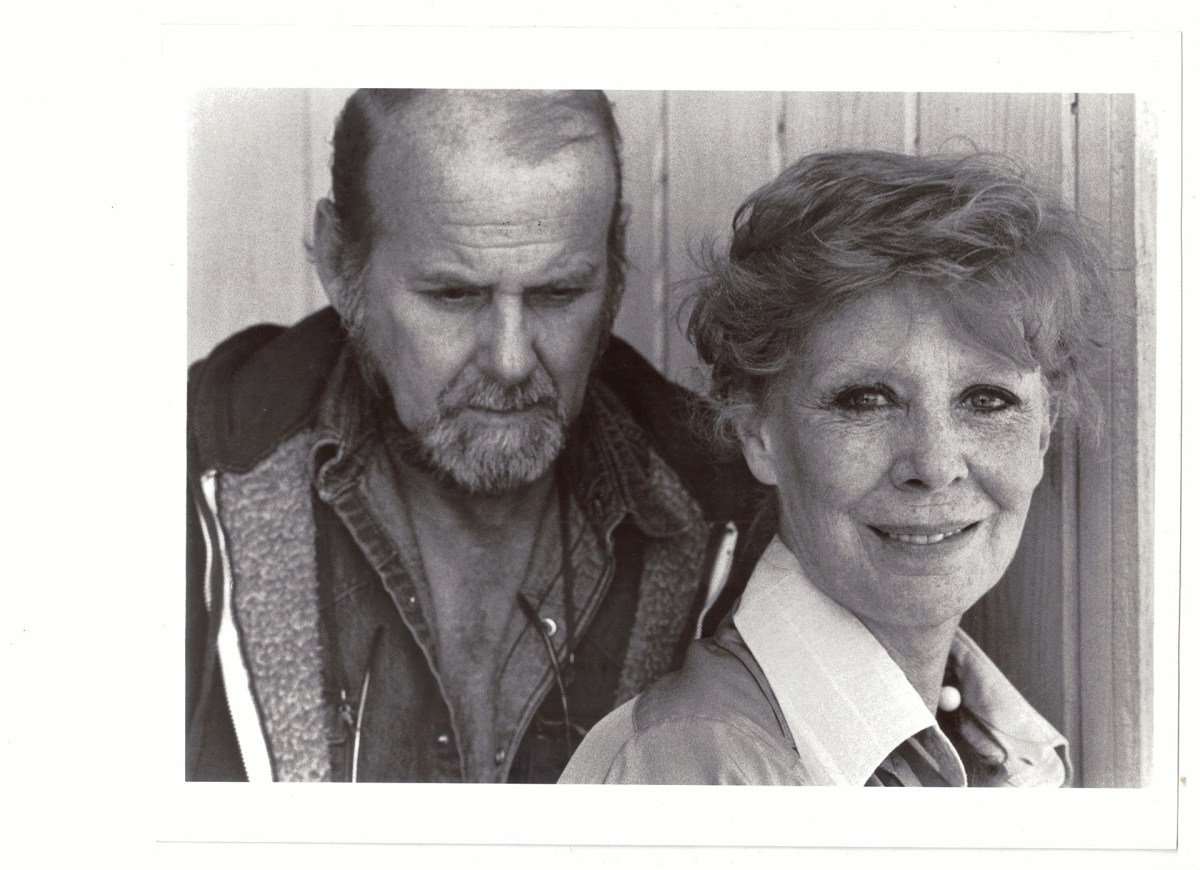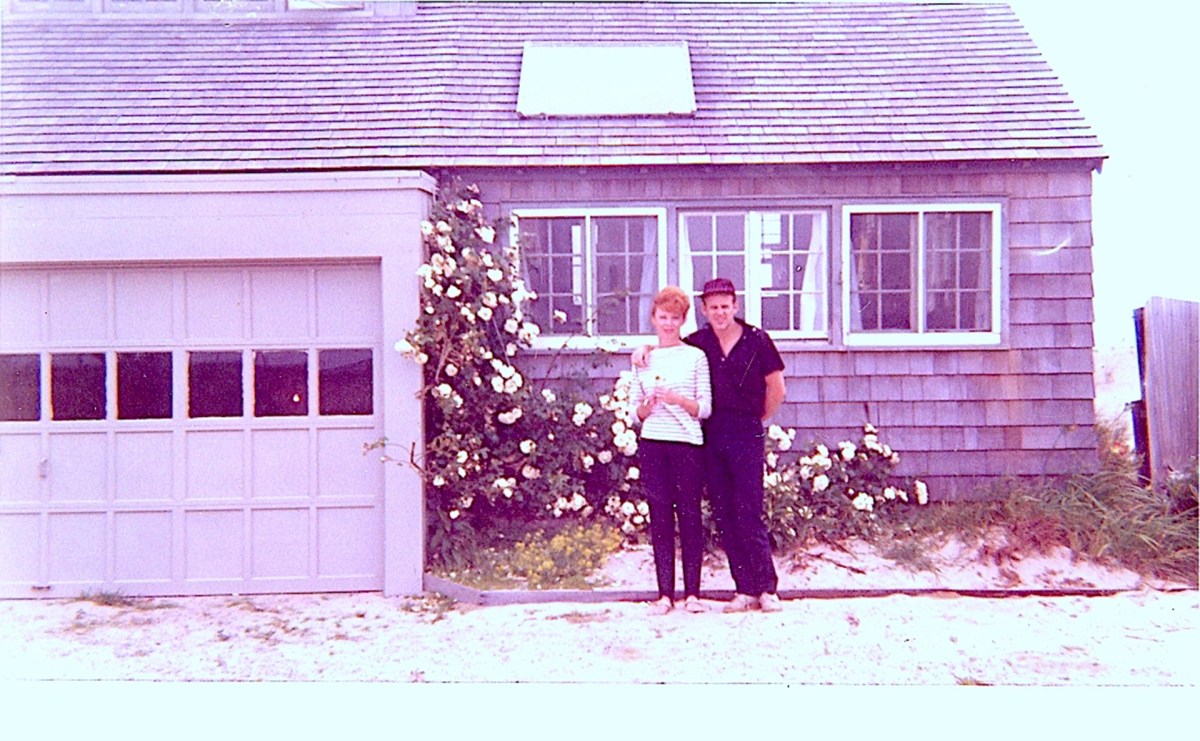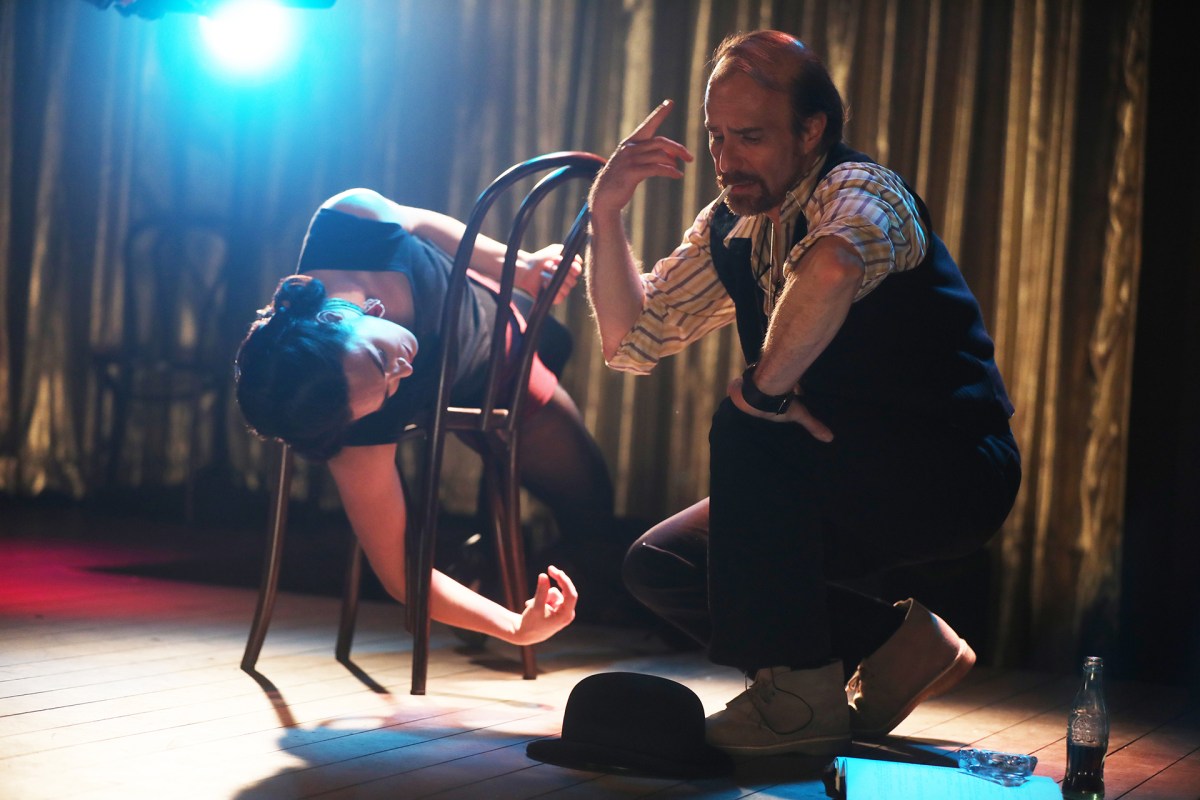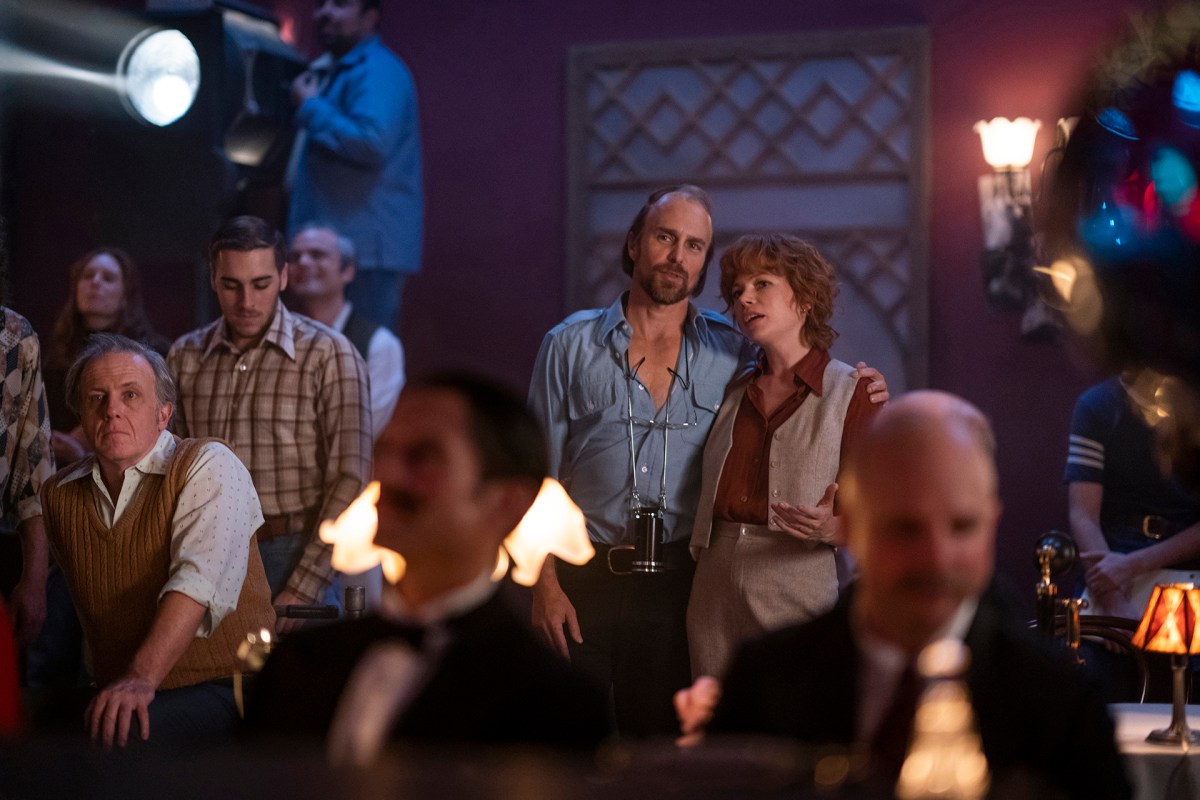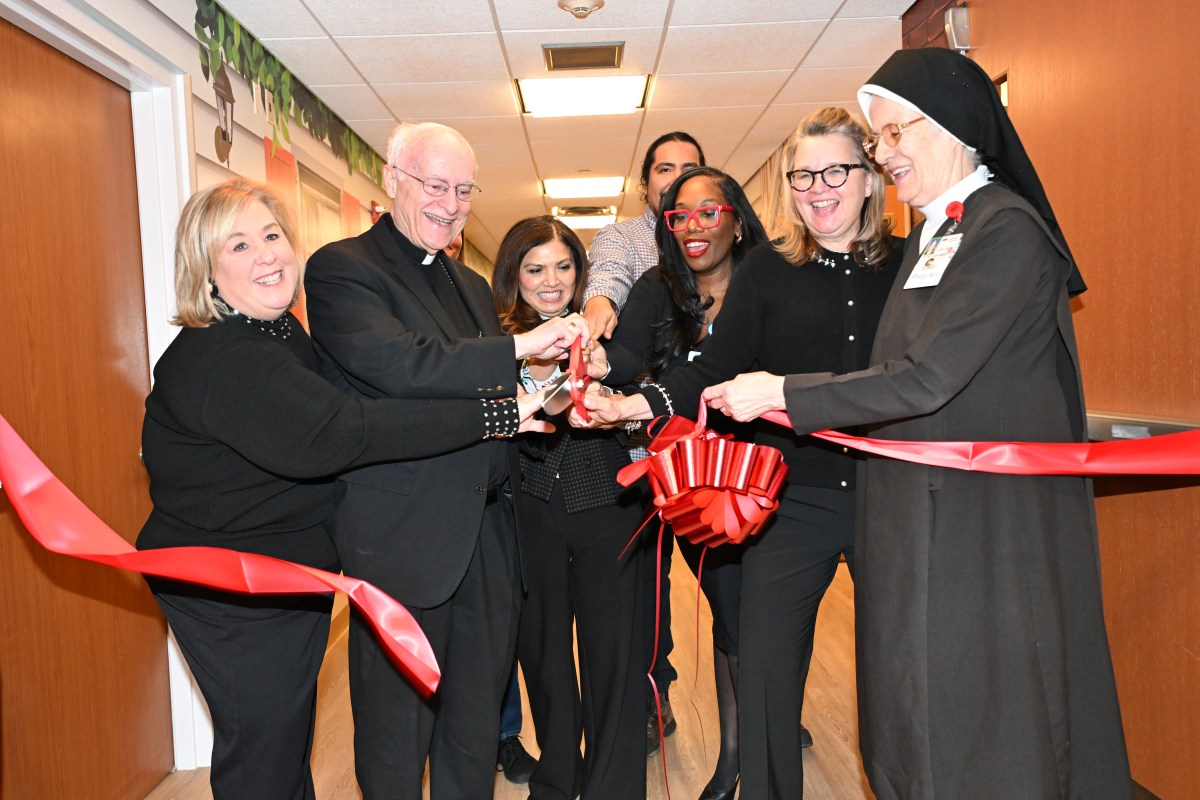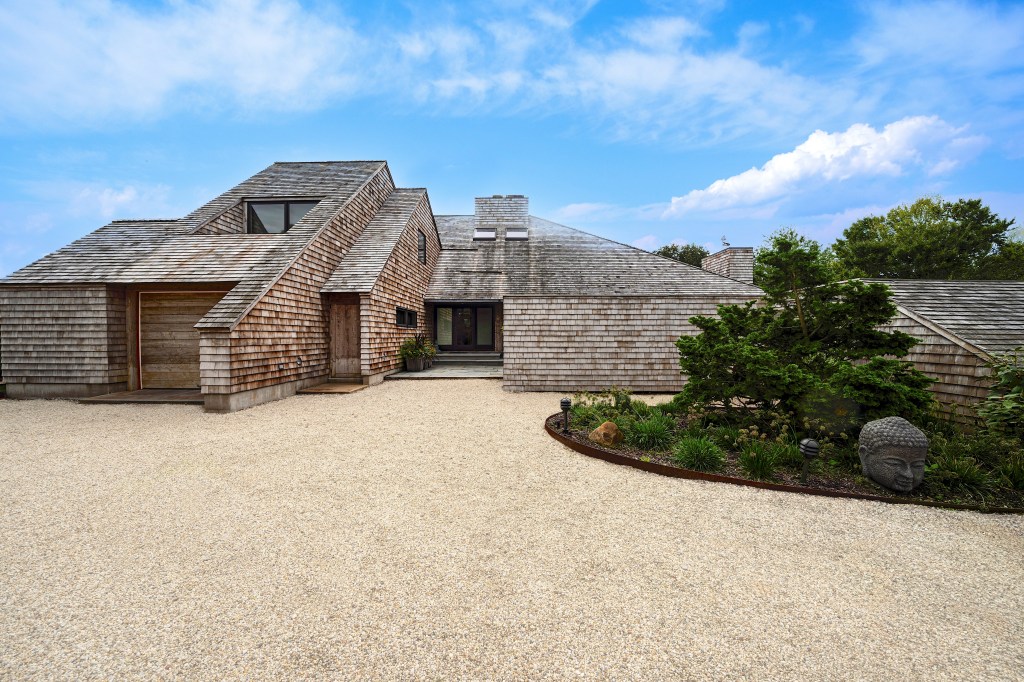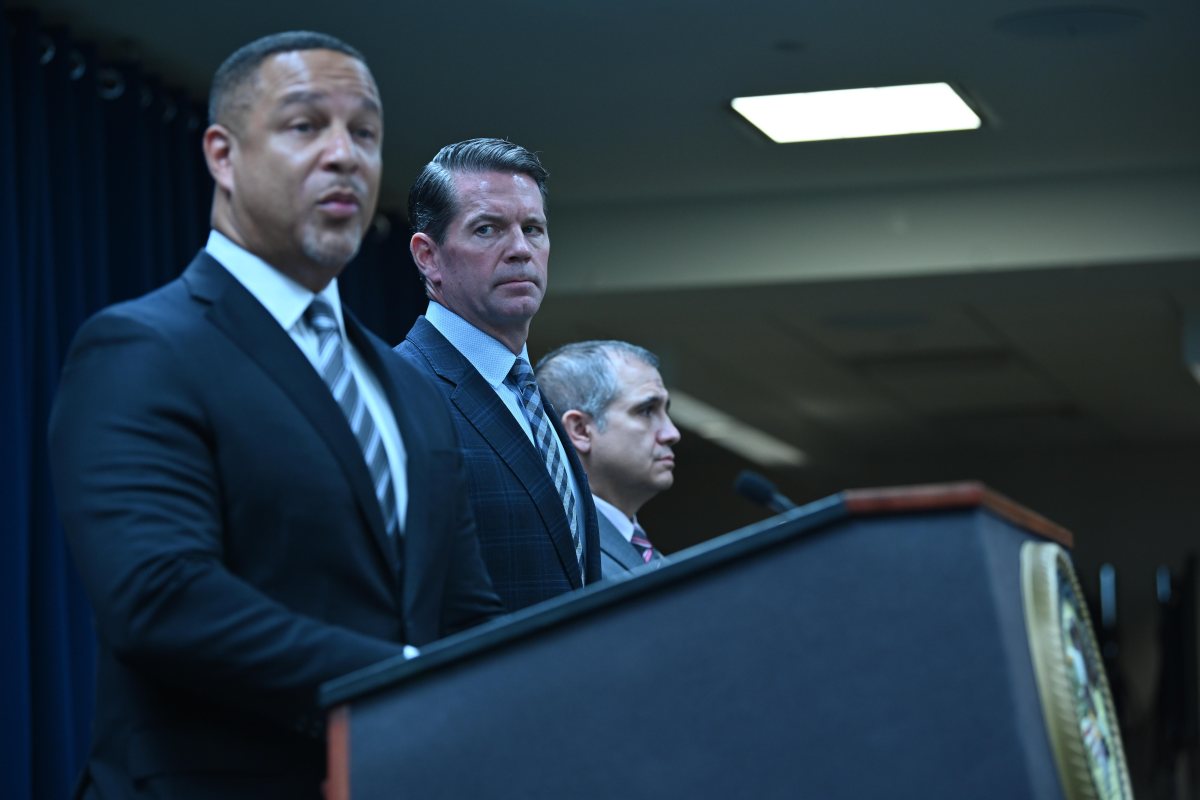‘Fosse/Verdon’ Airs On FX
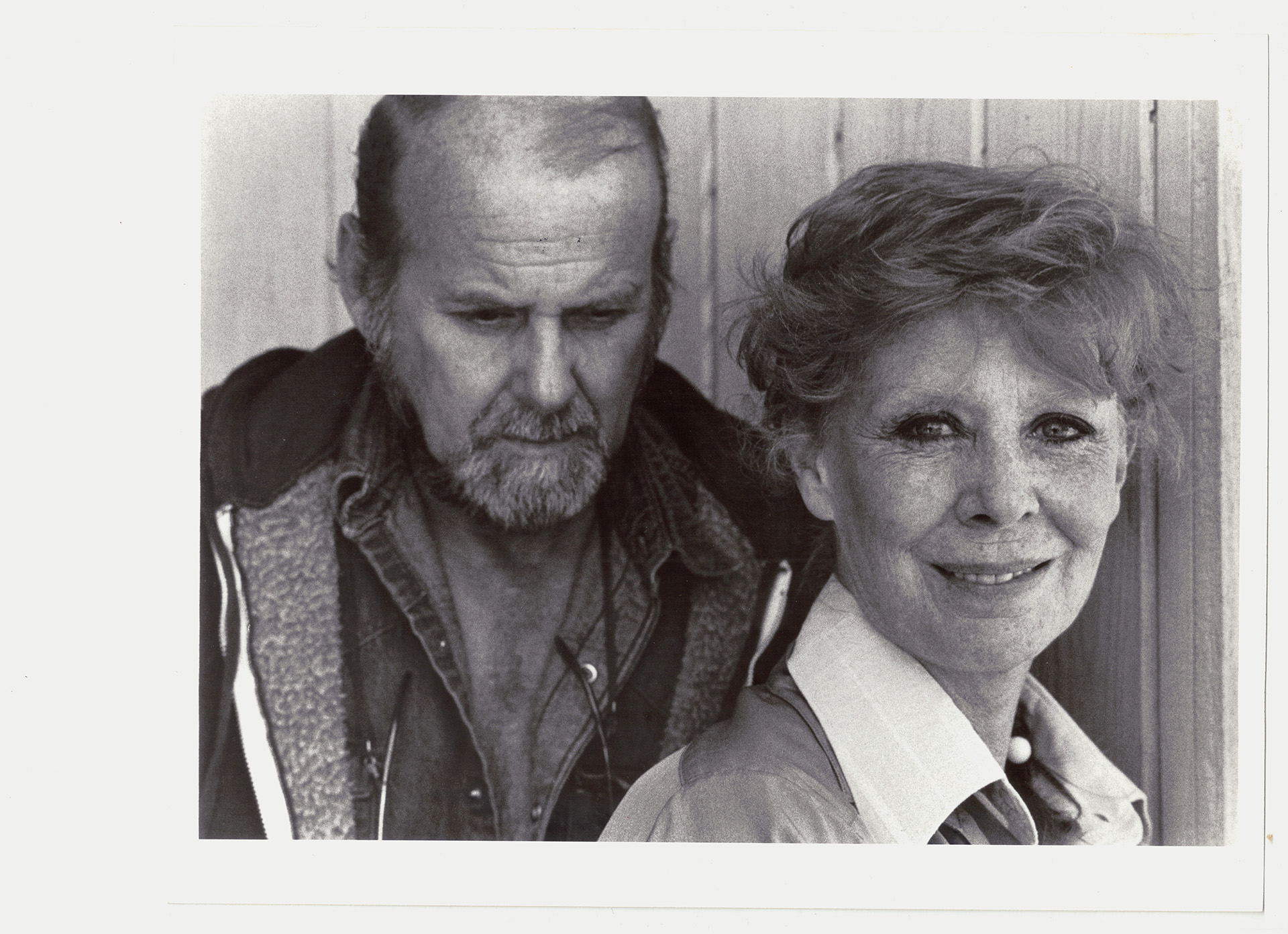
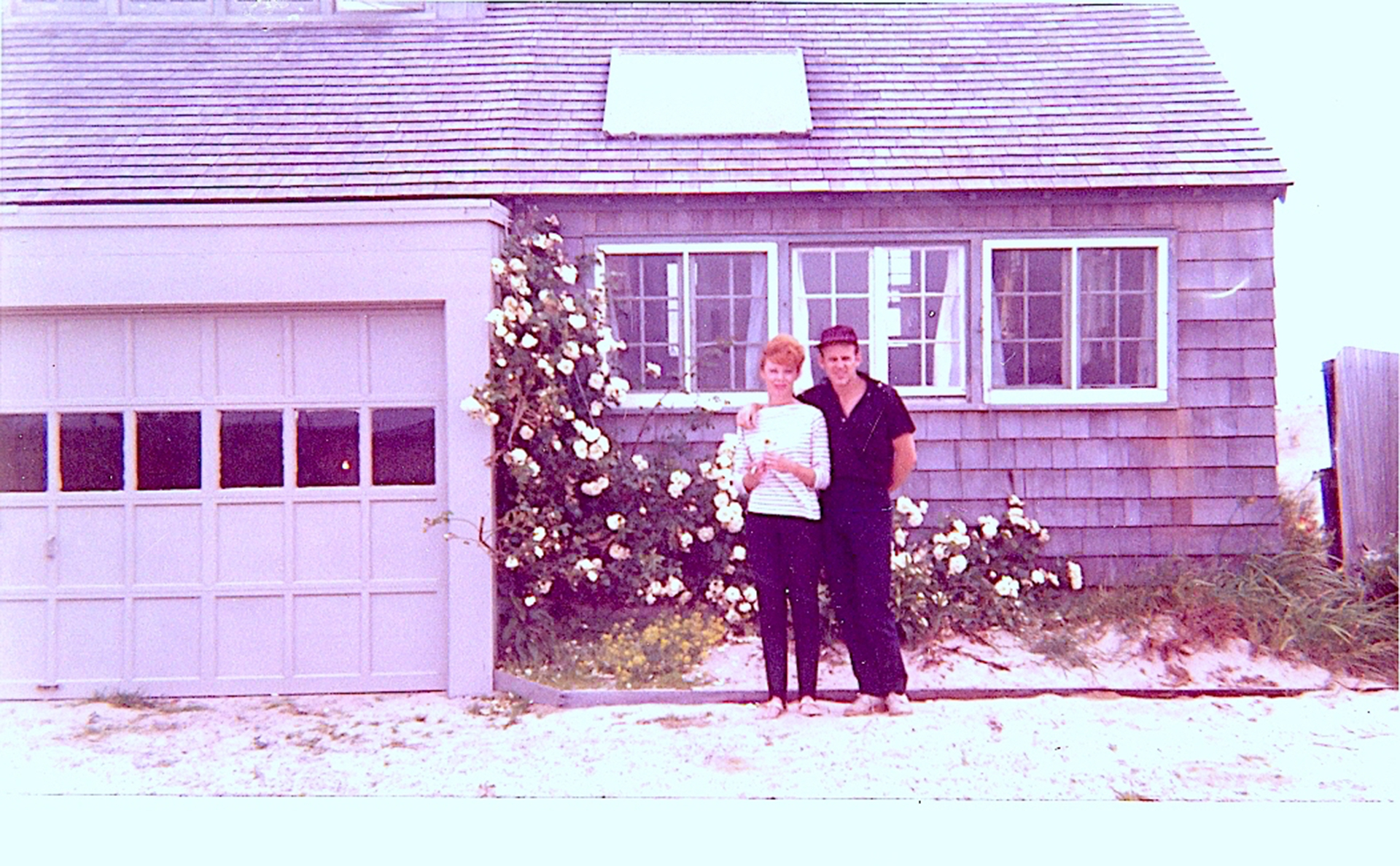
The hat. The slouch. The black clothing. The single spotlight.
A finger snap. A shoulder roll. A sudden high kick.
The word “Fosse” conjures up so many images, it’s become part of the show business lexicon. The smaller the move, the more meaningful. Keep your eye on the dancers, the tight choreography, the grouping. You never know what’s going to come next.
Bob Fosse’s Broadway blockbusters first as a dancer, then choreographer and director, are too numerous to list, from “Pal Joey” to “Sweet Charity” to “Chicago,” and his films run the gamut from the smash hit “Cabaret,” to the gritty and intense “Lenny,” to his semi-autobiographical movie “All That Jazz.” Gwen Verdon’s legendary turns on the Great White Way include Lilo in “Can-Can,” Lola in “Damn Yankees” (when she met and fell in love with Bob Fosse), and the original Roxie Hart in “Chicago.”
And now Fox 21 Television and FX have coproduced an eight-week series, “Fosse/Verdon,” from award-winning producers Thomas Kail, Steven Levenson, Lin-Manuel Miranda, and Joel Fields. The series stars Academy Award winner Sam Rockwell as Bob Fosse and Michelle Williams as Gwen Verdon, and aired its first episode on April 9.
According to the studio press release, “He was a visionary filmmaker and one of theater’s most influential choreographers and directors. She was the greatest Broadway dancer of all time. Together, they changed the face of American entertainment — at a perilous cost. Featuring Fosse’s choreography, the series explores the hidden corners of show business, the price of pursuing greatness, and the suffering inflicted in the name of art.”
Bob Fosse is still the only director to win an Oscar, an Emmy, and a Tony in the same year. “Being characteristically a pessimist and cynic,” Fosse said at the Oscars in 1973 when he won for “Cabaret,” “This, and some of the other nice things that have happened to me over the last couple of days, may turn me into some sort of hopeful optimist and ruin my whole life.” He was awarded the Emmy for “Liza with a Z,” and the Tony for “Pippin” that same year.
Gwen Verdon and Bob Fosse were married in 1960, and although they separated in 1971, they never divorced. And throughout their long romantic and creative partnership, Fosse always consulted Verdon for advice when the going got tough. Fosse died in 1987, Verdon passed in 2000, and both were longtime residents of the East End.
The Child’s Perspective
The limited-run television drama is based on the book “Fosse” by Sam Wasson, and originally the intent was to keep the focus on Fosse. But, explains actress, dancer, and producer Nicole Fosse — the only child of Fosse and Verdon, who serves as co-executive producer and oversees The Verdon Fosse Legacy — once the producing team came to visit her, it became clear that it was impossible to tell Bob’s story without Gwen. “They drove up talking about doing a show about Fosse, and when they left, it was a story about Bob Fosse and Gwen Verdon equally,” she said.
They also added “the child’s perspective,” as Nicole Fosse calls it, which was not present in the Wasson book. “A lot of this is from my perspective,” she said, adding that in the series, “there are seven different versions of me,” showing what it was like to live as a child, teenager, and young adult, not only in the outside world of glitterati and opening nights, but to be a child observing a tempestuous relationship which included infidelity and drug abuse.
Fosse and Verdon had several homes on the East End. First a home together in Amagansett. Then on Spring Close Highway, right behind what is now the People’s Bank. At one point, the sign on the house simply said “GVF13,” because the previous signs, which all read “Verdon Fosse,” had been stolen a dozen times. Verdon ended up living there; Fosse bought a place on the water in Quogue. After his death in 1987, Verdon, who also had a place in Water Mill, moved to the Quogue house. His ashes were sprinkled over the water in Quogue by his wife and daughter.
But, as Nicole Fosse recalled, early on Fosse and his kind were not accepted by the “Upper Crust or the Bonackers,” she said with a laugh. “He had choreographed some pieces for the theater at Guild Hall, had brought out dancers, and there was a protest against these city artists who were infiltrating East Hampton.” According to New York Times writer Michiko Kakutani in the June 7, 1981 article “Guild Hall and the Greening of East Hampton:” “By 1960, when Guild Hall’s board decided to produce its own summer theater, members of the community had begun to protest.” According to the late Enez Whipple, Guild Hall’s longtime director, “There were charges that the theater was attracting homosexuals and ‘undesirables,’ and a petition was reportedly circulated along Main Street, seeking to close the hall.”
But it wasn’t long before Fosse and Verdon were East End staples. “They bought a house in Amagansett. It was actually Napeague, but I think it was before Napeague was called Napeague,” said Fosse. The little getaway “was a rickety old beach house. Apparently, it still exists, but has been added onto to the point where it’s unrecognizable. But they bought this little tiny beach house together. And this is where they learned how to live in the ‘country’ together,” she said, adding that her dad had “never eaten lobster until he met my mom, and mom had never been out in the sun until she met my father. So that’s where they learned about lobsters and sunshine,” she said, laughing again.
The house was eventually sold during the run of the Broadway hit, “Sweet Charity.” “It was too far to go on the weekends,” Nicole Fosse explained.
East End Memories
Nicole Fosse grew up in that little tiny beach house until she was about three, and doesn’t have lots of memories of that time, but cherishes the memories of the East End that came later. “It was my second home,” she said. “It always felt like the social life was way more developed out there. The city, to me, felt like school and work, with occasional sleepovers or a dinner party. But out there, it was total freedom and fun.”
One of Bob Fosse’s favorite Hamptons activities with his daughter “was to sneak into all these houses that were being developed. We went to all different areas, and we would go into the stick-framed houses and try to imagine where the kitchen would be, where the bathroom would be — we could see where the rough plumbing was coming in — and we would discuss if we liked the layout or not,” she said. She bemoaned the current build-out, adding that she had recently tried to find Verdon’s house in Water Mill but couldn’t, “because it was on the edge of a field, and the field isn’t there anymore” — now the site of several massive mansions.
She and her dad would take some of the drywall off the construction sites and use it to draw pictures on the newly-asphalted roads that used to be nothing but dirt throughways. “Nothing like brand-new fresh blacktop and a piece of drywall,” she said. “We would draw all over the roads back there.”
Nicole Fosse loved riding her bike up Springs Close Highway as a kid. “It was on the north side of the highway,” she said. “The ‘wrong’ side. But when anyone would say that, my mom would say, ‘Yes, but it’s on the right side of the railroad tracks.’” She and her mother would go into the fields by her home and gather the potatoes after the farmers had completed their harvesting, and she recalled the clothesline sales that artists would hold in their front yards.
It’s not just the places, but the people that make Nicole Fosse wax nostalgic. “I’m throwing names out here,” she said. “George Plimpton. Angier Biddle Duke. Evan Frankel. Ann Stanwell and Emily Cobb. Bob Costello.” There were also numerous get-togethers with Sidney Lumet, Adolph Green and Phyllis Newman, Herbie Gardner, Tony and Gen Walton, Warner LeRoy, and others from the Hamptons old show-biz guard. “It’s like almost everyone from that time is gone,” she said wistfully. “I guess we’re the old, wise ones now.”
How has this series affected Fosse — a fearlessly honest portrayal of her parents that bears all warts and pulls no punches? “I have two brains at work here,” she said. “I have my brain that has been trained since I was a child to normalize and dismiss a lot of behavior that I have rediscovered while watching Sam play Bob, and he is so charming. And I have my new brain, and that brain has to talk to my other brain and say, ‘Wait a second. They’re popping pills in front of a child. That’s not okay.’ I don’t ever want to sound like I’m pointing fingers or incriminating anybody; that was the ’70s, that was the life we grew up in, but that doesn’t make it good,” she said bluntly.
“It’s only when I started to talk about it and developing the ability to see that the black and the white coexist simultaneously at times, then I was able to realize the full picture and know that I wasn’t crazy to feel like something was wrong.”
Aside from the “dark stuff,” the series recreates many of Bob Fosse and Gwen Verdon’s most light and brilliant moments on Broadway and film. There’s plenty of sizzle and jazz hands to go around, it’s entertaining, Nicole Fosse said, and contains lots of funny and intimate moments.
“I’m hoping that this series creates conversation,” Fosse said, “It’s gorgeous, the acting is stupendous, and it’s funny and smart and the color palette is amazing, but beyond all of that, and underneath that, it’s incredibly human.”
bridget@indyeastend.com
